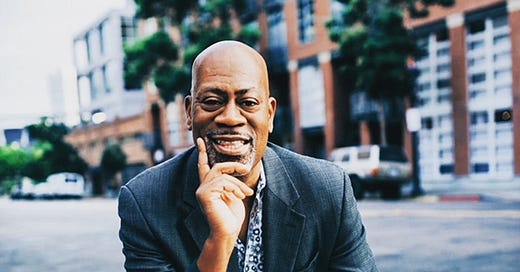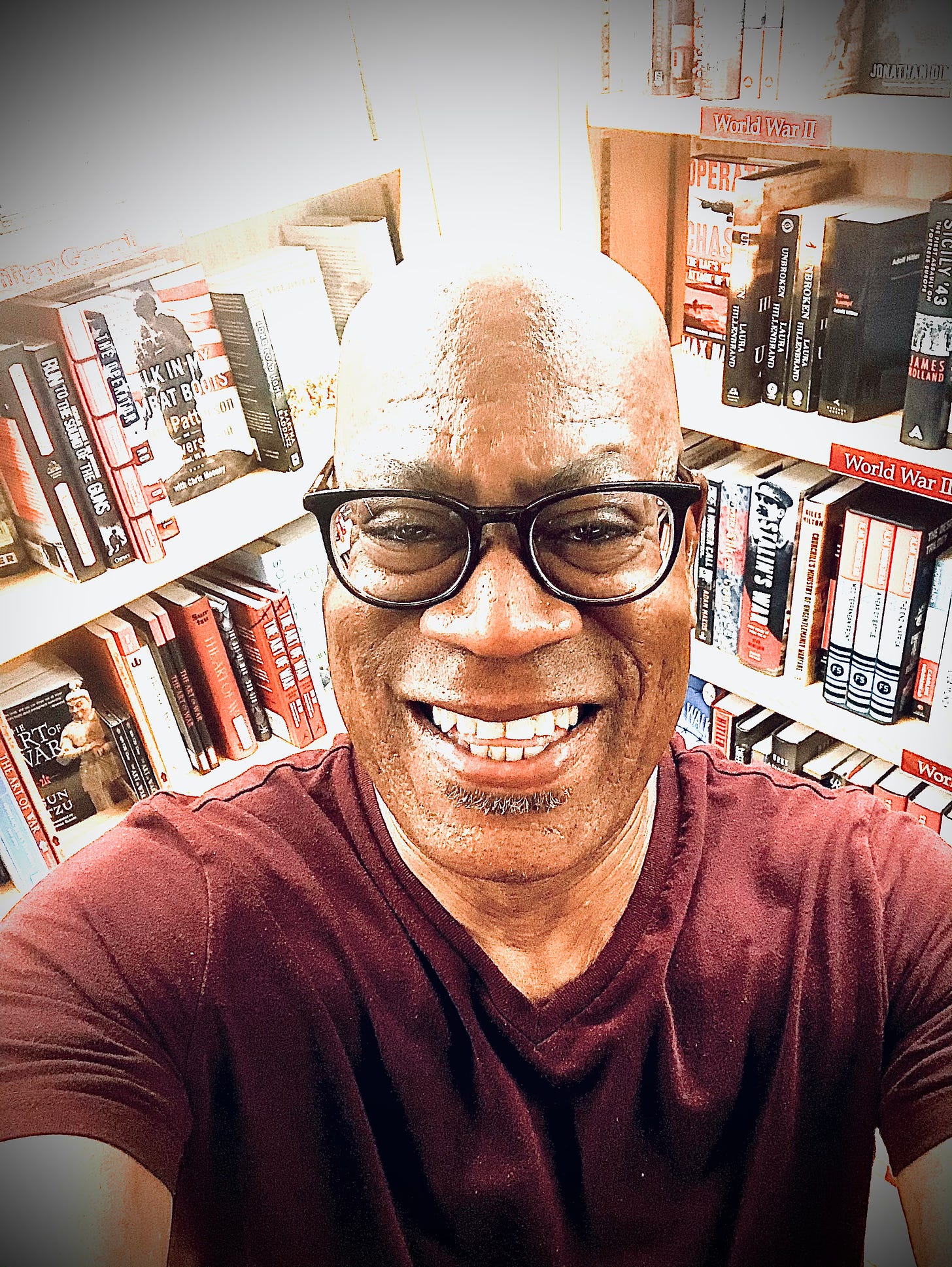At 59, I find myself in a very reflective period of my life. Much of this can be attributed to the pandemic disrupted world which I found to be equally intriguing and exhausting.
I do, however, believe that these times portend immense opportunities for those who can pivot and remain grounded amid the shifting sands of humanity.
It’s here where I am challenging myself to be less reactive to the crazy things people say and do in my connection circles and via the media. It’s about not about jumping into the fray whenever I witness nonsense that at its core is nothing more than a distraction. rather, I aim these days to embrace the stillness of the moment by being more of an observer.
As a Black man in America, I find that I’m particularly triggered by racially laced narratives that hold little day-to-day relevance for my vanilla brothas and sistas.
These encounters defy rational thinking. They can be painful. And hard not to lash out at.
Here is one example of what I’m referencing:
This prevailing reality that fueled one of my 2022 (now 2023) intentions, namely, to gain more wisdom and understanding about life through the study of philosophy. It’s here where I’ve found a respite in the ancient tenets of Stoicism.
My first book on this journey is entitled “Mastering the Stoic Way of Life” by Andreas Athanas. I read it last January and found it to be a gem.
“If you’re tired of fighting against the world and are ready to embrace the benefits of stoicism, you’ve found the right book.”
Athanas, the author, asserts that to be a true Stoic sage is to value only that which lies within our control. In other words, why waste energy engaging in useless discourse with things that you have little or no influence over.
Note to self:
Instead of assertively trying to convince others of my position, what if I stayed in my lane and quietly did me?
Says Athanas:
“The Stoics believed that another of humanity’s great faults lay in the fact that man, through history, has sought to change circumstances that one simply cannot exert any control over.”
Continues Athanas:
“Our modern world is fast paced, chaotic, and it often sends us on an emotional rollercoaster ride. We struggle to stay afloat as we’re caught in the tide of social media, constant comparison, the need for success, and a lack of moderation. If you’re ready for the madness to end, you’re not alone. In fact, even the ancient Greeks sought a way to bring simplicity back to their lives.”
And I loved reading this:
“If you’re tired of fighting against the world and are ready to embrace the benefits of stoicism, you’ve found the right book.”
In this compelling read, I loved learning what I didn’t know that I didn’t know about the history of Stoicism, it’s greatest teachers, and its tenets. Folks like Zero, Marcus Aurelius, Seneca, and Epictetus.
I was particularly struck by Zeno who was considered to be one of the early forefathers of stoicism. Says the author:
“What Zeno gave us was a schematic toward a life well-lived and this, in the final accounting of things, is the purpose of philosophy. He taught us to live properly, in accordance with nature, and in step with not the rule of law or societal norms, but of the reason that inherently makes us unique beings.”
And I loved this excerpt on the role of legacy and our eventual earthly death:
“..... in the end, when everything is stripped away and we are left facing the void of death, Zeno reminds us that to die is the only rational end for us and that so long as we live according to selves and our rationality, we have nothing to fear of death.”
Interspersed throughout the book are everyday examples and real world scenarios that inspire you to embrace the ideas of stoicism in your everyday life.
The ultimate aim of philosophy according to the book is to foster a “rational introspection related to the control of emotional responses in human beings.”
Asserts the author:
“We must stand face to face with the void of a meaningless world and learn from its indifference that if we don’t matter to it, it should not matter to us. So much of the strife of the past century is engendered by our inability to see this.”
Let me conclude with this brief excerpt from the book that captures the essence of what I’ve attempted to articulate in this article.
“The troubles of the outside should offer no trouble to the Stoic sage because they are not within the sage’s own control. Only the sage’s reaction to those circumstances are controllable and, therefore, only those reactions are worthy of the sage’s attention and cultivation.”






Maybe the greatest lesson of Stoicism, to worry more, much more, about that which you can control, and less, approaching none, about that which you cannot, is what I find most powerful. Not surprisingly, that is also the hardest lesson to actually embrace in real life!